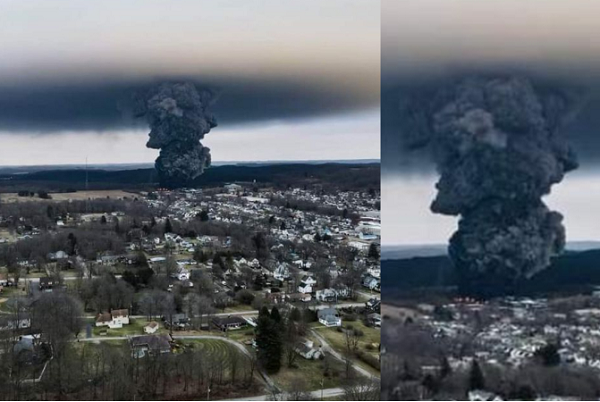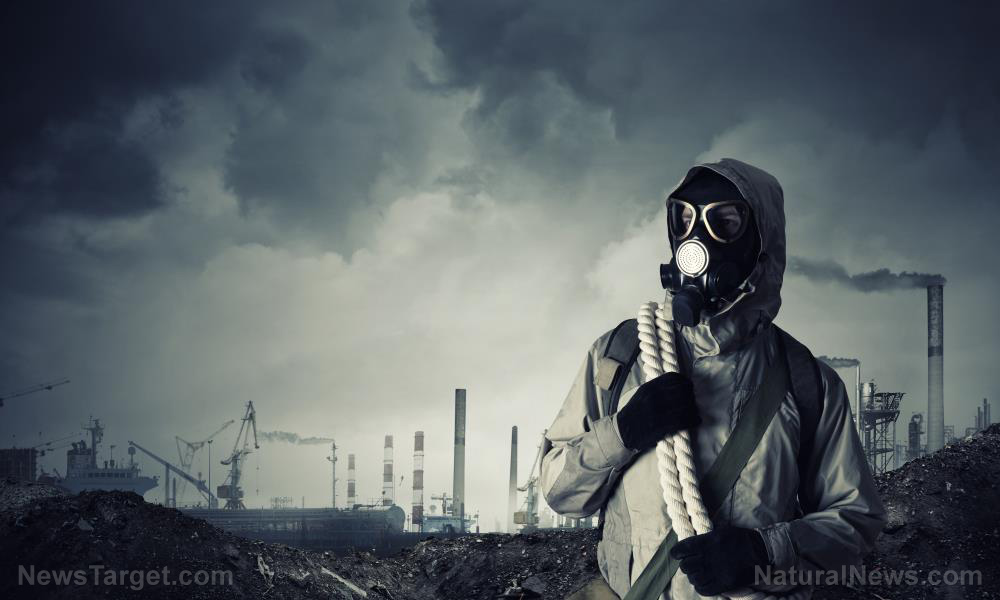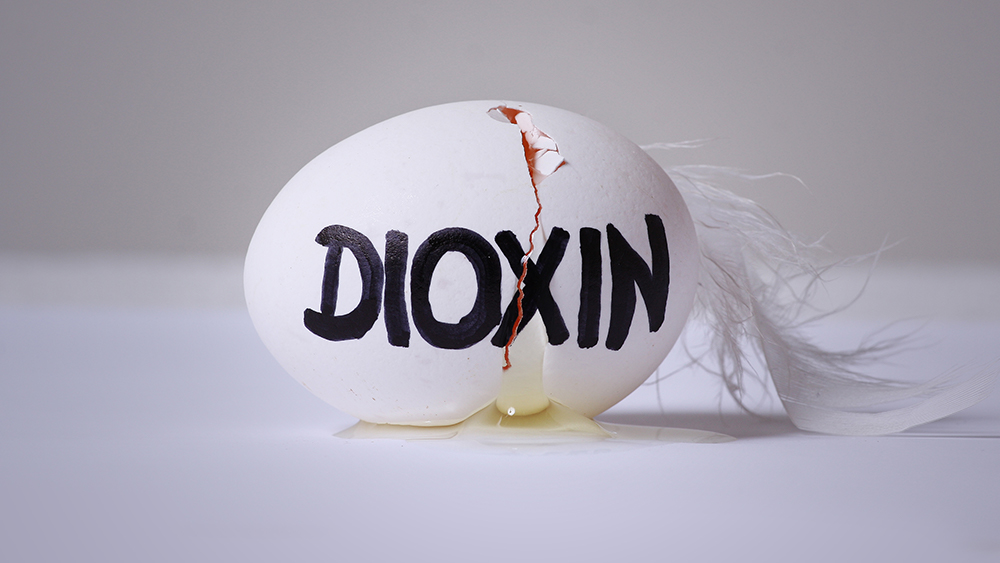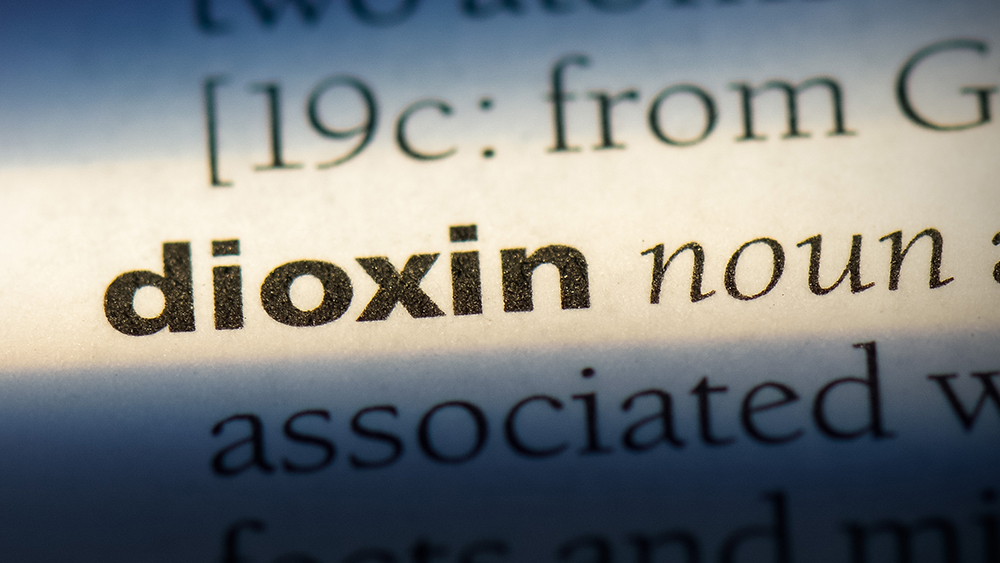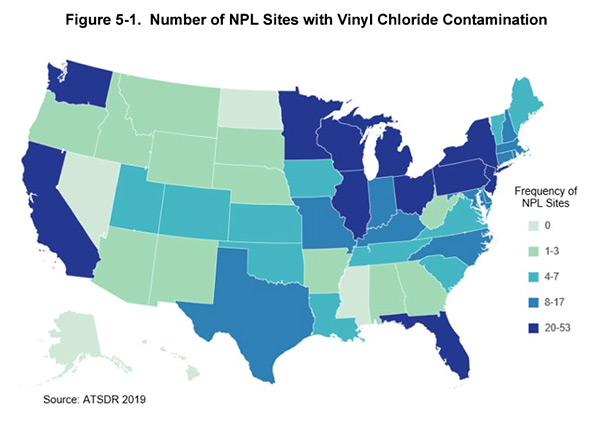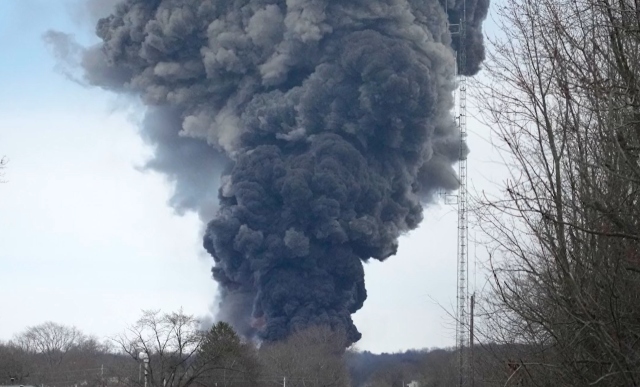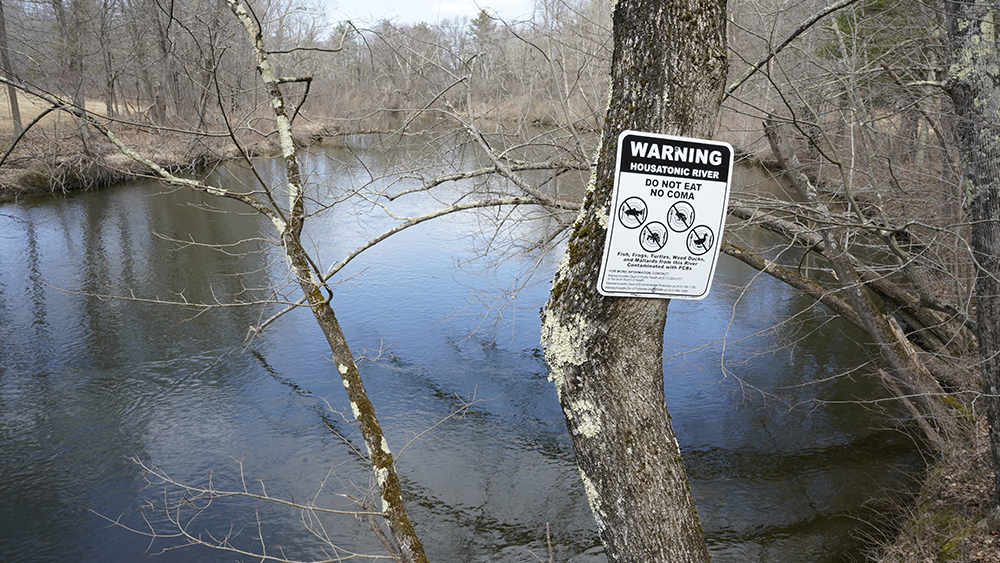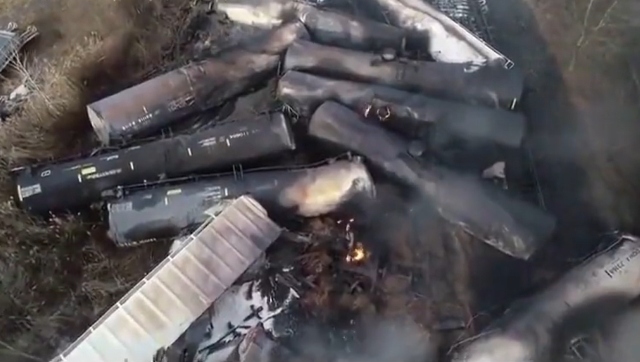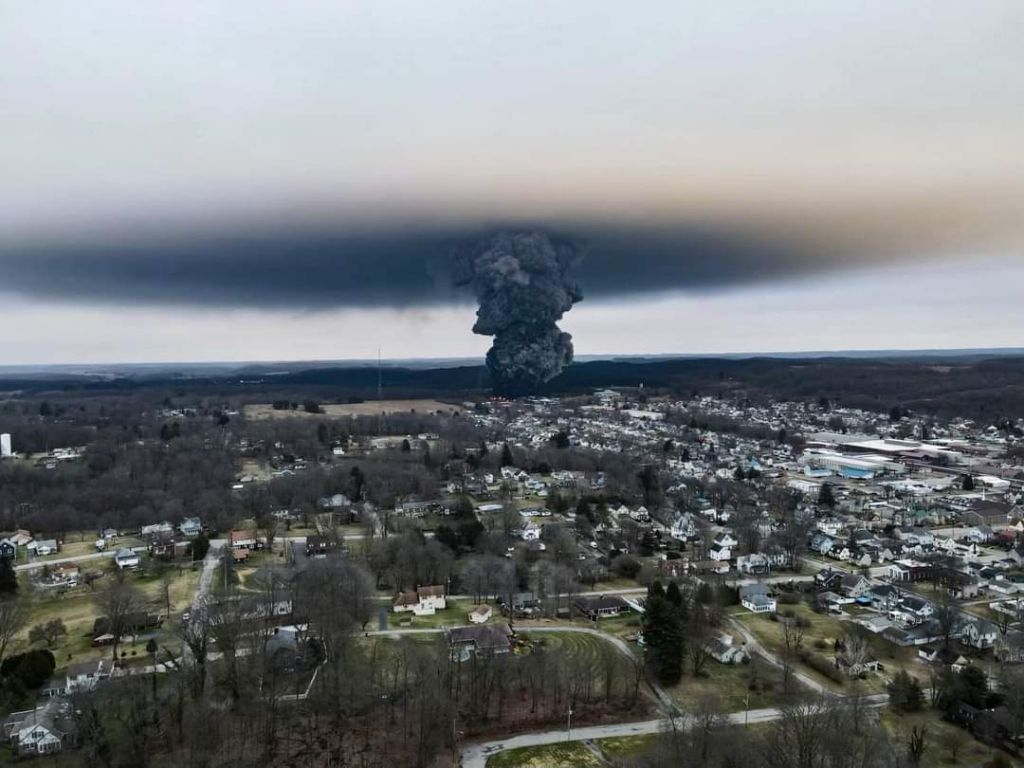EPA warns about DIOXINS released from chlorinated compounds such as polyvinyl chloride (PVC) or “backyard burning” of household trash
02/22/2023 / By Ethan Huff
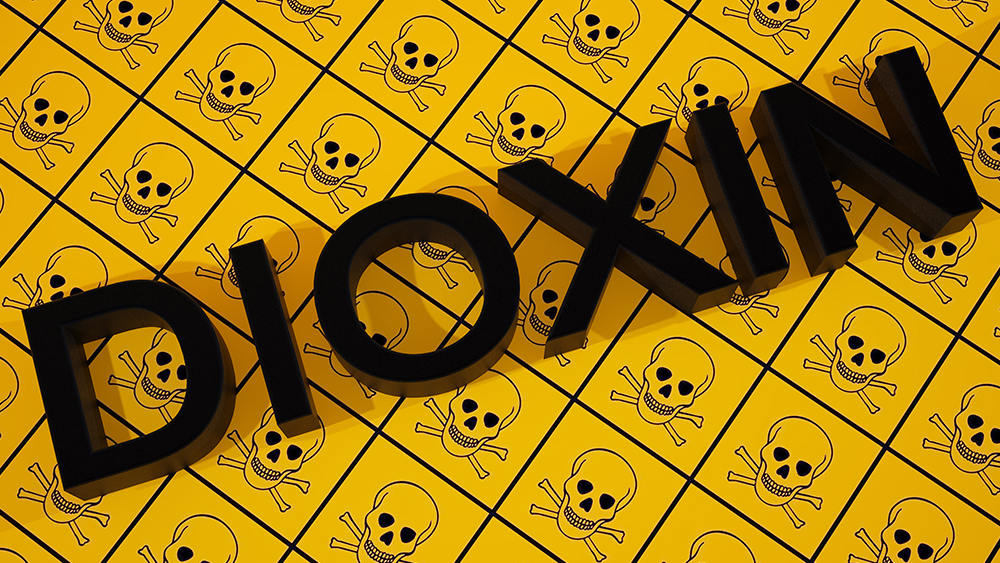
The Environmental Protection Agency (EPA) has an entire page on its website dedicated to the toxicity of dioxins, a chemical byproduct released by chlorinated chemicals such as those intentionally ignited at the site of the East Palestine train wreck.
One of the first things the EPA warns about on the page is that burning trash produces not only dioxins but other noxious chemicals such as particle pollution, polycyclic aromatic hydrocarbons, volatile organic compounds (VOCs), carbon monoxide, hexachlorobenzene, and ash.
“Many dangerous health conditions can be caused by inhaling or ingesting even small amounts of these pollutants,” the EPA warns. “Small children, the elderly, or people with preexisting respiratory conditions can be especially vulnerable to some of these pollutants.”
As for dioxins specifically, the EPA has a special section outlining how these and other “dioxin like” compounds are extremely toxic, even though they tend to be produced in very small quantities.
“Studies have shown that only small amounts of chlorinated materials in waste are required to support dioxin formation when burning waste,” the EPA says.
“This means that even when materials containing high levels of chlorine, such as PVC, are removed from household trash, burning the waste still creates dioxins because nearly all household waste contains trace amounts of chlorine. ”
(Related: The private contractor hired by Norfolk Southern to assess the toxic waste impact of the train derailment and explosion is corrupt to the core.)
Dioxins released during fires fall on plants consumed by meat and dairy animals, which are then consumed by humans
When dioxins are released during a fire, such as the one purposely set to the Norfolk Southern train cars in Ohio, they tend to settle on plants, which are then consumed by meat and dairy animals, in many cases.
Upon consumption, these dioxins deposit in the animals’ fatty tissue, after which it is consumed by humans in contaminated meat and dairy products – and especially those that are high in fat.
“Backyard burning occurs most commonly in rural farming areas where dioxin emissions can more easily be deposited on animal feed crops and grazing lands,” the EPA explains. “These dioxins then accumulate in the fats of dairy cows, beef, poultry, and swine, making human consumption of these harmful chemicals difficult to avoid.”
In many ways, the “controlled explosion” at the derailed train site in East Palestine constitutes are “backyard fire,” albeit a very large one. Whatever dioxins were released from that incident have now been scattered all around the area and possibly even across other states.
“Dioxins are classified as persistent, bioaccumulative, and toxic pollutants (PBTs),” says the EPA. “PBTs are highly toxic, long-lasting substances that can build up in the food chain to levels that are harmful to human and ecosystem health. Persistent means they remain in the environment for extended periods of time.”
“Bioaccumulative means their concentration levels increase as they move up the food chain. As a consequence, animals at the top of the food chain (such as humans) tend to have the highest dioxin concentrations in their bodies.”
Upon exposure, dioxins are highly portent toxins, producing a “broad spectrum,” the EPA warns, of adverse effects in humans. They can alter the fundamental growth and development of cells that have the potential to damage a person’s life in perpetuity.
“These include adverse effects upon reproduction and development, suppression of the immune system, disruption of hormonal systems, and cancer,” the EPA warns.
Be sure to read the EPA’s full warning sheet about dioxins to learn more.
More related news coverage about the disaster in East Palestine can be found at Disaster.news.
Sources for this article include:
Submit a correction >>
Tagged Under:
bioaccumulation, chemical violence, clean water, derailment, Dioxins, East Palestine, Ecology, ecosystem, environment, EPA, food supply, persistent chemicals, Polyvinyl chloride, PVC, toxic chemicals, Train, trash, Vinyl chloride
This article may contain statements that reflect the opinion of the author
RECENT NEWS & ARTICLES
COPYRIGHT © 2017 TOXINS NEWS


